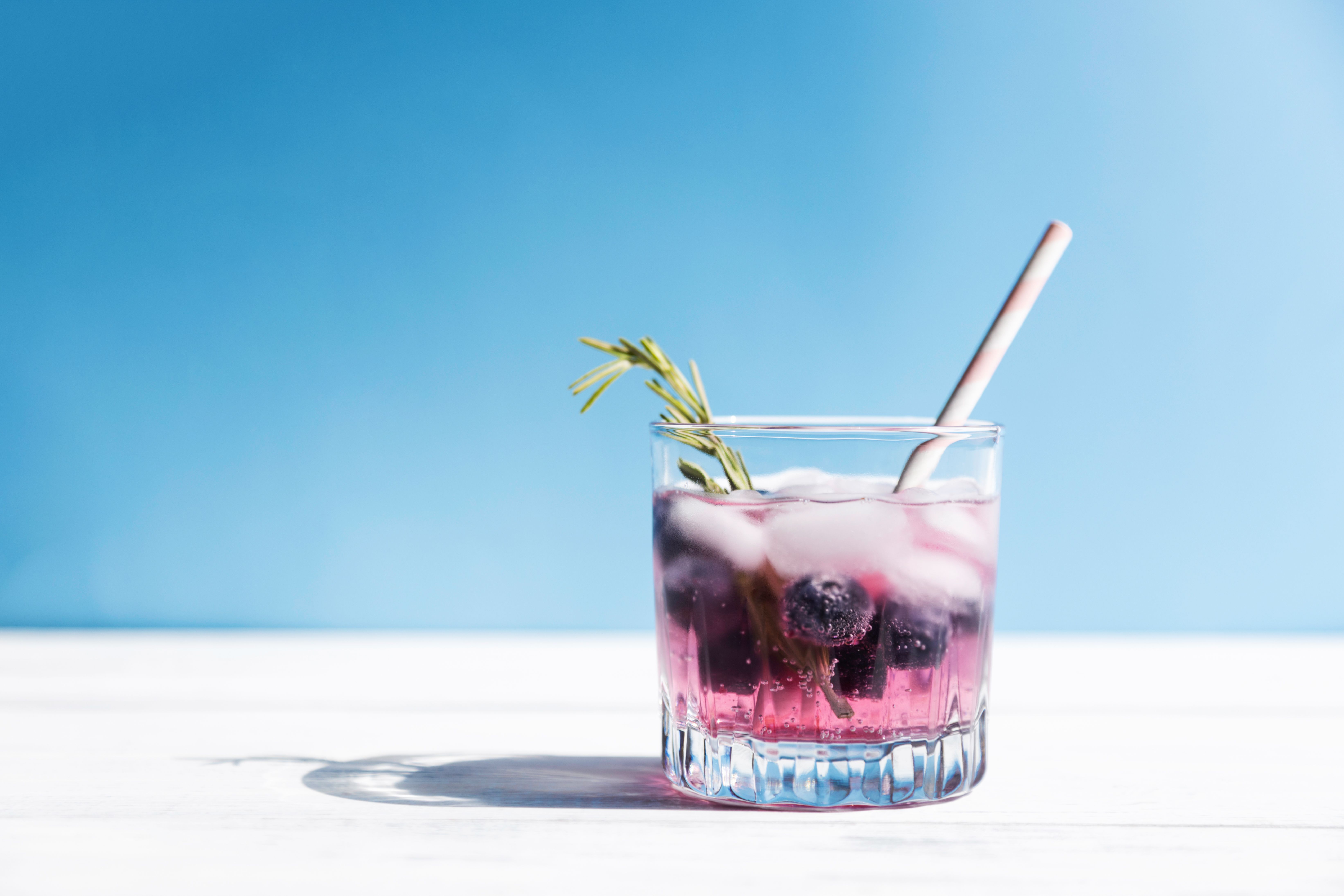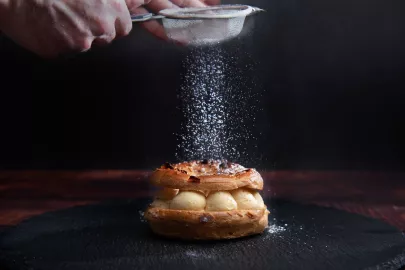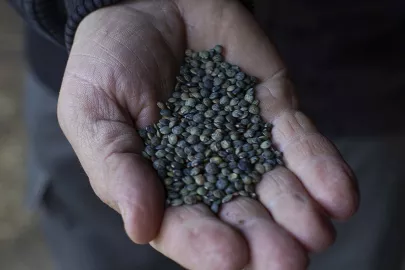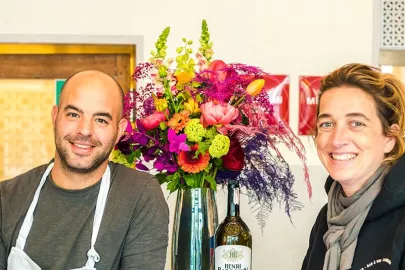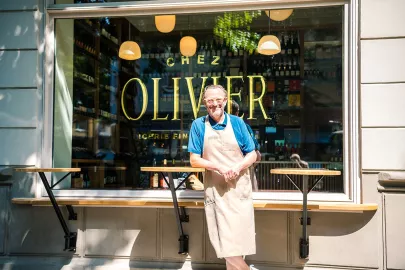Exploring the NoLo Alcohol Movement: A Balanced Approach to Drinking in the New Year
Discover the rising NoLo alcohol trend, offering a flexible alternative to Dry January (but also all year round). Learn about the production, benefits, and economic impacts of low and non-alcoholic beverages, and how they’re reshaping consumer habits worldwide.
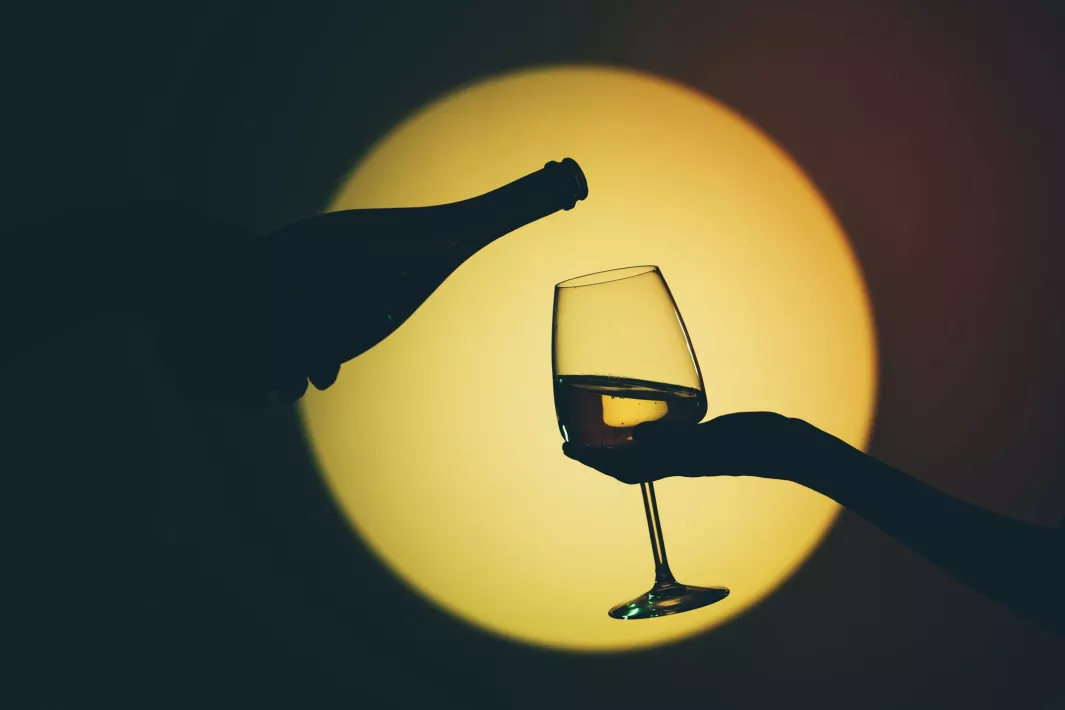
The start of the New Year has long been synonymous with periods of temporary sobriety, otherwise known as Dry January. However, as with many consumer habits surrounding alcohol consumption, the trend is evolving—enter the NoLo alcohol movement, a happy-medium solution for those looking to balance their consumption after a libation-filled holiday season. Contrary to Dry January, the NoLo movement offers consumption flexibility through a myriad of inclusive options, though as always, knowing the intricacies behind the term is key. To kick off the New Year, we’re breaking down everything you need to know about NoLo, including the who, why, and economical impacts behind it all.
What Exactly NoLo Means (and the Difference Between "No" and "Low")
According to the National Library of Medicine, NoLo alcohol products are “beverages (such as beer, spirits, wine, and cocktails) that normally contain ethanol as an ingredient but are produced with ethanol completely removed or significantly reduced.” This overarching term encompasses beverages without and with small amounts of alcohol, meaning that a large variety of products fall under its broad umbrella. Similar terms used to describe NoLo items include zero, free, and light.
However, it’s important to note that alcohol limits in non-alcoholic products vary worldwide. For example, non-alcoholic beverages in the United States and Germany must contain no more than 0.5% ABV, whereas the maximum limit in Spain and Japan is 1%. The most drastic limits are found in the United Kingdom, where alcohol-free beverages are capped at levels of 0.05% alcohol by volume.
“Low-alcohol” products are a bit more vague. For example, the term in France (“vin à faible teneur en alcool") generally denotes wines with less than 11.5% ABV, whereas the term “vin sans alcool” (wine without alcohol) has much more rigid guidelines—less than 0.1% ABV, to be exact.
Who’s Going NoLo and Reasons for Pursuing It
A myriad of reasons exist for pursuing NoLo options, though a growing interest in health and wellness is generally the main cause. Over the past few years, the NoLo movement has mostly been driven by younger generations, who are showing greater consciousness towards the negative effects of alcohol. However, the vast majority of consumers curious about NoLo lifestyles have adopted a balanced outlook on the trend, choosing to either pursue temporary moments of sobriety or integrate NoLo options into their standard drinking regimens to help balance alcohol consumption.
How Low / Non-Alcoholic Wines Are Made
Although a plethora of NoLo brands exist on the market today, a few pioneering producers have been quietly trailblazing the way for some time now. Such pioneers include Mathilde Ollivier and Stéphane Cottenceau, who represent the 8th generation of winemakers at Loire-based Domaine de la Grenaudière. Their cuvée Phénomène was the first 100% dealcoholized Melon de Bourgogne to be made within the region, and is produced using vacuum distillation (see below) and six months of aging in stainless steel. Other brands have followed suit, including French Bloom, Pierre Chavin, and Le Petit Béret.
There are a few ways in which NoLo wines are made, with the main difference being “no” or “low.” Non-alcoholic wines are most often produced using a dealcoholization process, which involves using a vacuum distillation technique to remove the alcohol from the final product. In short, the wine is vinified normally, then placed in a vacuum chamber, as the chamber’s reduced pressure allows for lower boiling points. The wine is then mildly heated, allowing the alcohol to be evaporated off, condensed, and separated from the now non-alcoholic final product.
Wines with low levels of alcohol—that is, those less than 11.5%—are produced in a number of styles from countless grape varieties, and the ways in which they’re made vary. For example, pét-nats often boast lower levels of alcohol, as the bits of residual sugar left in the bottle were ultimately not transformed by yeast into alcohol. Similarly, certain grape varieties tend to produce wines with naturally lower levels of alcohol due to having less sugar than other varieties—think Sauvignon Blanc versus Cabernet Sauvignon, for example. However, broad statements like these are riddled with exceptions, so your best bet will always lie in checking the ABV percentage on a wine’s label.
Economic Impacts on the Viticultural Sector
While the NoLo alcohol category is on the rise globally, the biggest growth has generally been felt in Europe, the United States, and Australia. In 2022, NoLo options on the market rose 17% from the year prior, with an impressive 33% rise seen in the United States. However, low or no alcohol doesn’t necessarily mean less expensive—both for the consumer and producer alike.
From a production standpoint, incorporating the vacuum distillation step is not only time consuming, but an added cost for winemakers in terms of operation and labor. In turn, these added costs are naturally felt by the consumer as well—meaning that contrary to popular belief, no to low-alcohol products aren’t always cheaper than their alcoholic counterparts.
Above all, the NoLo alcohol movement has created a more inclusive environment for wine and spirits lovers around the world to enjoy their favorite libations in moderation, while also allowing producers to get creative with their product lineup—and best of all, reach new consumers along the way.
Whether dry, NoLo, or sticking to standard wine and spirits, Taste France Magazine wishes you a happy and healthy start to 2025! 🌟
Creator

Editor

